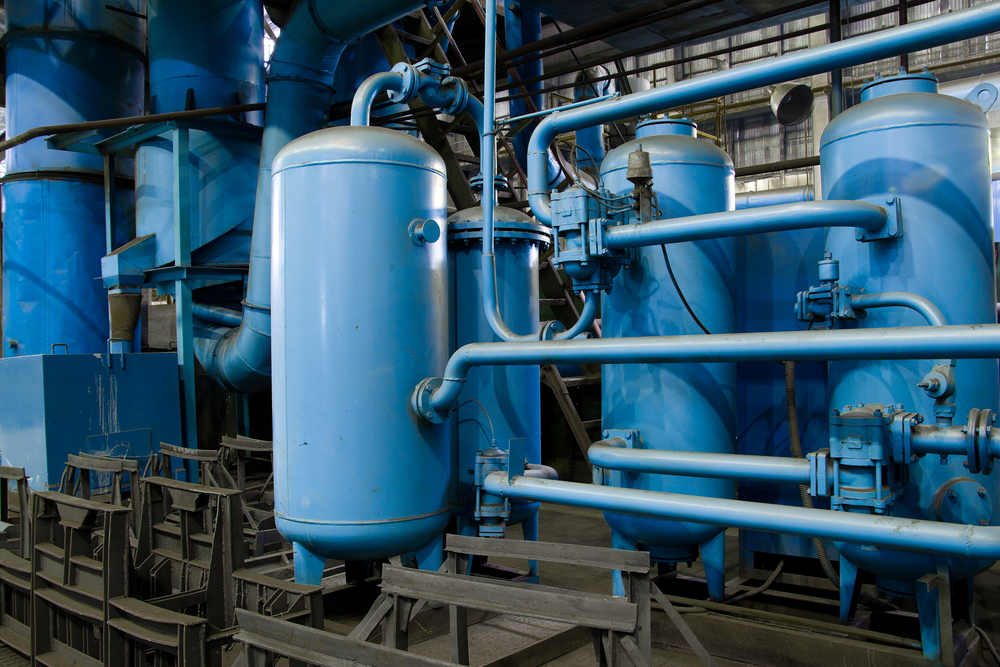Listed here down the page you can get additional reliable information in relation to 9 Reasons for Low Water Pressure in Your House.

Low water stress in your home can be an aggravating trouble, impacting whatever from showering to washing dishes. If you're experiencing weak water flow, there are numerous feasible reasons and remedies to check out. In this guide, we'll discuss typical reasons for low tide stress and functional steps to address the problem properly.
Intro to Low Water Stress
Low tide pressure occurs when the flow of water from your taps, showers, and various other fixtures is weaker than common. This can make day-to-day jobs much more challenging and less efficient. Understanding the sources of low tide pressure is crucial to locating the appropriate service.
Usual Causes of Low Tide Pressure
Pipeline Obstructions
Gradually, pipelines can become clogged with natural resource, sediment, or debris, restricting the circulation of water. This is an usual problem in older homes with galvanized steel pipelines.
Corrosion
Corrosion within pipes can lead to leakages and reduced water stress. Rust accumulation can tighten water circulation, especially in maturing plumbing systems.
Faulty Stress Regulatory Authorities
Stress regulatory authorities are accountable for keeping constant water pressure in your home. If they malfunction, it can cause low tide pressure or irregular flow throughout the house.
Municipal Water Issues
Occasionally, the problem exists outside your home. Community water problems, such as main line leaks or maintenance work, can temporarily minimize water stress in your area.
Exactly How to Diagnose Low Water Stress
Examining Taps and Fixtures
Begin by examining the water pressure at different taps and components throughout your home. If the problem is isolated to details locations, it may suggest local troubles.
Examining Pipelines
Evaluate visible pipes for indicators of leakages, corrosion, or clogs. Pay attention to any kind of uncommon sounds, such as banging or rattling pipelines, which could show problems within the plumbing system.
Consulting with a Plumber
If you're unable to identify the cause of low tide stress, think about hiring a specialist plumber to conduct an extensive evaluation. They can determine underlying problems and suggest ideal options.
DIY Solutions to Take Care Of Low Water Pressure
Cleansing Aerators and Showerheads
Natural resources can collect in aerators and showerheads, minimizing water flow. Get rid of and cleanse these components consistently to enhance water pressure.
Flushing Water Heater
Sediment build-up in the water heater can restrict circulation and lower performance. Flushing the tank occasionally aids eliminate sediment and preserve optimal efficiency.
Inspecting Pressure Regulatory Authority
Guarantee that the stress regulator is functioning appropriately. Readjusting or replacing the regulatory authority can assist recover proper water pressure throughout your home.
Clearing Up Clogs in Piping
For minor obstructions, try using a plumbing serpent or chemical drain cleaner to clear obstructions in pipelines. Be cautious when utilizing chemicals and comply with safety standards.
When to Call a Professional Plumber
If DIY efforts fail to resolve the issue or if you believe significant plumbing troubles, it's best to look for support from an accredited plumber. They have the proficiency and devices to attend to complex concerns securely and efficiently.
Preventive Measures to Maintain Water Pressure
Regular Upkeep
Arrange routine upkeep for your plumbing system to stop issues such as deterioration, leakages, and blockages. Resolving minor issues early can help prevent even more significant fixings later on.
Installing a Stress Booster
Take into consideration mounting a pressure booster pump to enhance water pressure in areas with continually reduced circulation. This can be specifically advantageous for multi-story homes or homes with high-demand fixtures.
Monitoring Water Use
Be mindful of water usage routines and avoid overtaxing the plumbing system. Straightforward adjustments, such as staggering showers and washing tons, can help keep adequate water stress.
Conclusion
Handling low water stress can be aggravating, but determining the underlying causes and carrying out appropriate options can restore optimum circulation throughout your home. Whether it's cleaning up aerators, examining pipelines, or talking to a plumber, taking proactive steps can make certain a consistent supply of water for your everyday needs.
FOUR WAYS TO FIX LOW WATER PRESSURE NOW
Turning on a shower or faucet only to find the water comes out in a sad, slow drizzle is never a good feeling. How exactly are you supposed to wash a pan or take a quick shower when it takes 10 minutes just to rinse off a little soap? The good news is that when your water pressure is bad, there's always a cause: typically one that can be easily fixed. Here are some of the most common causes of low pressure and what you can do to fix the issue:
DEBRIS AND MINERAL DEPOSIT BUILDUPS
If you notice low water pressure from just one or two of the fixtures in your house, the problem likely has to do with debris buildup. Water is full of minerals and other debris, all of which can accumulate in your pipes and on your fixtures. This can cause a blockage that affects how much water flows through. To fix this, try filling a small plastic bag with white vinegar, and use a rubber band to hang it around your showerhead or faucet. Let the head of the fixture soak for a few hours, and the vinegar should loosen the deposits.
WATER LEAKS
Leaks are another common cause of low water pressure. If water is flowing out of your plumbing through a hole or crack before it can reach your fixture, the pressure coming out of the faucet or showerhead will be lower. A plumbing professional is your best bet for finding and repairing a leak in your water supply pipes.
Leaks are another common cause of low water pressure. If water is flowing out of your plumbing through a hole or crack before it can reach your fixture, the pressure coming out of the faucet or showerhead will be lower. A plumbing professional is your best bet for finding and repairing a leak in your water supply pipes.
A VALVE ISSUE
If you have low water pressure throughout your home, check your main shut-off valve to make sure it's completely open. You may also want to see if there's a pressure-reducing valve installed. If there is, have a plumber help you adjust the settings to get the pressure you're looking for.
OTHERS USING WATER
Believe it or not, your low water pressure could be caused by your neighbors. If you notice low pressure at certain times of day, it may be because you and the people living next to you have similar schedules - when everyone is showering at the same time, the pressure will be lower in every home. Low pressure throughout the neighborhood may also be caused by an issue with your municipal water supply. If that's the case, call the supplier to see if they're working on the issue.
https://www.rotorooter.com/blog/water-leaking/low-water-pressure-fixes/

We were shown that editorial about 9 Reasons for Low Water Pressure in Your House from a friend on a different website. Enjoyed our piece? Please quickly share it. Let another person check it out. Thanks for taking the time to read it.
Need Help? Hire Us Now!